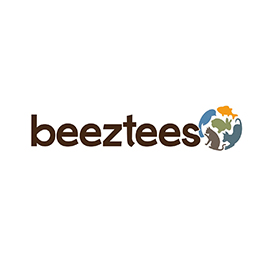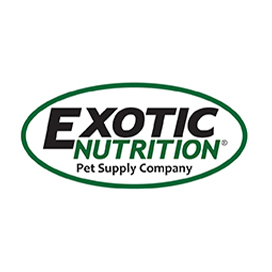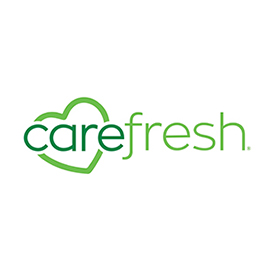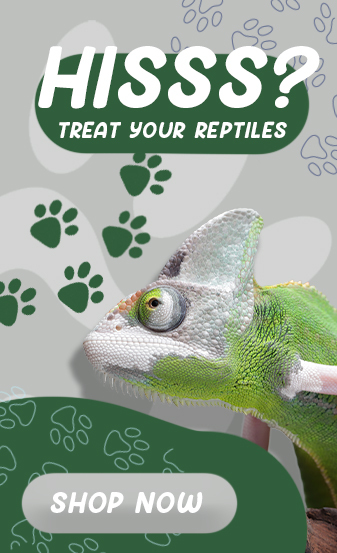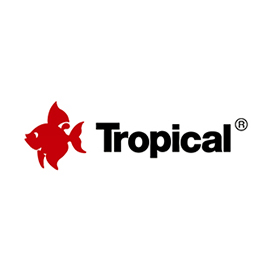
- Brand: Kanaryapo
- Manual Feeder Syringe
- Available Sizes: No:1 (for Small Birds), No:2 (for Medium Birds), No:3 (for Large Birds)
- The package contains a 5 ml syringe and a 4 cm long metal hand feeding apparatus.
- It provides easy feeding of young birds that cannot be fed by their parents.
- Feeding syringe for feeding baby birds.
- There are dimension lines on it.
- It consists of syringe and manual feeding device.
- It is only used in syringe compatible formulas.
- Feeding Tip is Special Metal Apparatus.
No:1 (for Small Birds): It is the smallest size hand feeding apparatus used for the care of newly hatched young birds that are not cared for by their mothers and fathers. Thanks to its curved structure, it is a rustproof metal hand feeding device that goes down to the crops of the birds.
No:2 (for Medium Birds): It is a medium-sized hand feeding apparatus used for the care of newly hatched young birds that are not cared for by their mothers and fathers. Thanks to its curved structure, it is a stainless metal hand feeding apparatus that goes down to the crops of the birds.
No:3 (for Large Birds): It is a large size hand feeding apparatus used for the care of newly hatched young birds that are not cared for by their mothers and fathers. Thanks to its curved structure, it is a stainless metal hand feeding apparatus that goes down to the crops of the birds.
Usage:
- Draw the formula you made in accordance with the formula syringe into the syringe.
- Slowly inject as much as needed into the offspring.
- Do not leave any air in the syringe, if there is any, squeeze it out.
- Otherwise, this air causes the food to go with pressure and the baby swallows air.
- There are apparatuses in the market that are made to feed offspring.
- However, you have to put them up to the bird's crop.
- It is a very risky and dangerous procedure if you are not experienced.
- If you do not have enough experience, you can cause death.
- After a while, your baby bird will already get used to feeding with a syringe and will eat its food more easily.
- Leave the bird you feed (when its mother and father are not in the nest) in the nest again.
- The baby bird needs the warmth of its parents.
- Since he does not have hair yet, he will be affected by cold air or even normal room temperature, in this case it will cause death.
- In summary, it is worth mentioning by underlining that the fed bird will definitely be taken back to the nest.












